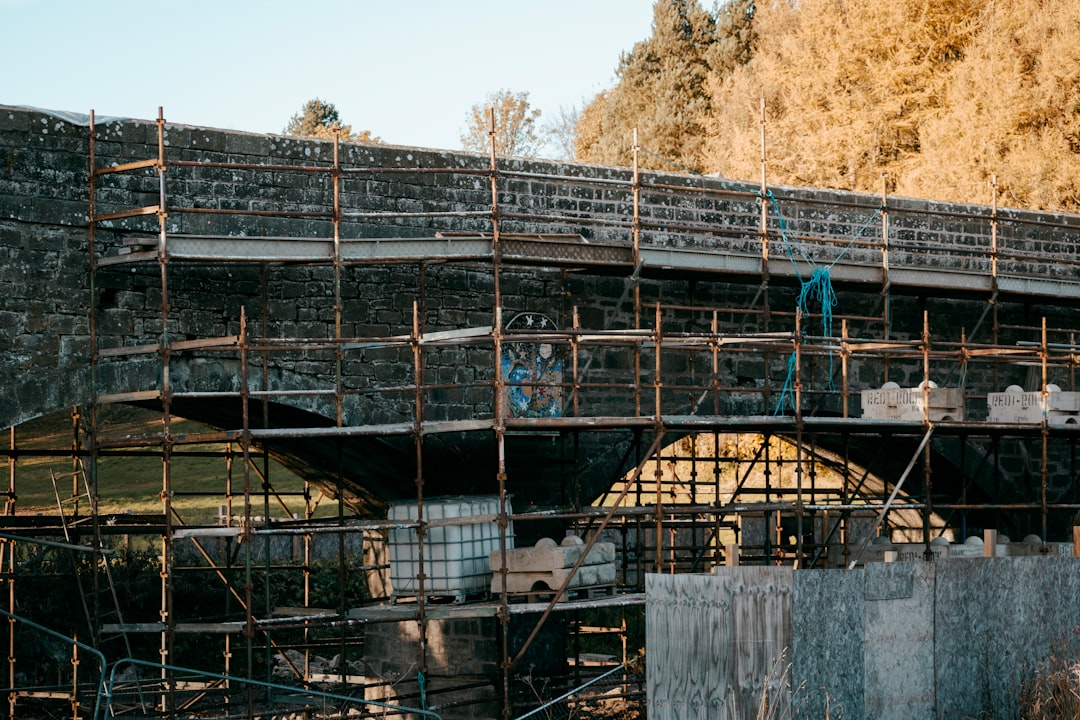body {
font-family: sans-serif;
line-height: 1.6;
}
h1, h2, h3 {
color: #333;
}
Scaffolding is an indispensable element in construction, providing safe access to heights for workers and facilitating the efficient execution of various tasks. At the heart of most scaffolding systems lies the scaffolding pipe – a seemingly simple component with a critical role in ensuring project safety and success. This comprehensive guide delves into the world of scaffolding pipes, exploring their types, applications, installation, safety considerations, and the regulations governing their use.
Types of Scaffolding Pipes Used in Construction
Scaffolding pipes are typically made from high-strength steel, designed to withstand significant loads and harsh environmental conditions. Several types exist, each with its own characteristics and applications:
- Standard Scaffolding Pipes: These are the most common type, usually manufactured to specific diameter and wall thickness standards (e.g., British Standard (BS) 1139). They are highly versatile and used in a wide range of scaffolding configurations.
- Coupled Scaffolding Pipes: These pipes are designed with internal threads or couplings, simplifying the assembly process and creating a more secure connection. They are often preferred for larger and more complex scaffolding structures.
- Galvanized Scaffolding Pipes: These pipes undergo a galvanizing process, coating them with zinc to provide enhanced protection against corrosion. This is particularly important in outdoor projects or environments with high humidity.
- Aluminum Scaffolding Pipes: While less common than steel, aluminum pipes offer a lightweight alternative, making them easier to handle and transport. However, they may have lower load-bearing capacity compared to steel.
Safe Installation and Dismantling of Scaffolding Pipes
The safe installation and dismantling of scaffolding are paramount. Improper handling can lead to serious accidents. Key considerations include:
- Proper Training: Only trained and competent personnel should erect, alter, or dismantle scaffolding. Comprehensive training on safe working practices, including the use of appropriate personal protective equipment (PPE), is essential.
- Ground Conditions: The ground must be level and stable before scaffolding erection. Appropriate base plates or ground supports should be used to distribute the load evenly.
- Tie-in Points: Scaffolding structures must be securely tied to the building or structure to prevent collapse. The frequency and location of tie-in points depend on the height and complexity of the scaffolding.
- Regular Inspections: Regular inspections are crucial throughout the project lifecycle. Any damage or defects should be immediately addressed before further use.
- Safe Access and Egress: Safe access and egress points must be provided at all times. This includes proper stairways, ladders, and handrails.
Applications of Scaffolding Pipes Across Diverse Construction Projects
Scaffolding pipes are employed in a vast array of construction and maintenance projects, including:
- Building Construction: Providing access for bricklayers, painters, electricians, and other tradespeople working on building exteriors and interiors.
- Bridge Construction and Maintenance: Supporting workers during the construction and repair of bridges.
- Industrial Maintenance: Facilitating access for maintenance and repair work on industrial equipment and structures.
- Event Staging: Creating temporary platforms for events and concerts.
- Film and Television Production: Constructing temporary sets and providing access for camera crews.
Regulations and Standards for Scaffolding Pipes
The use of scaffolding pipes is subject to strict regulations and standards to ensure worker safety. These regulations vary by country and region, but commonly address aspects such as:
- Material Specifications: Pipes must meet specific strength and durability requirements.
- Inspection and Maintenance: Regular inspections and maintenance are mandated to identify and rectify any potential hazards.
- Erection and Dismantling Procedures: Detailed procedures must be followed to ensure safe erection and dismantling.
- Load Capacity: Scaffolding must be designed and erected to withstand the anticipated loads.
- Safety Training: Workers must receive adequate training on the safe use of scaffolding.
Compliance with these regulations is crucial to prevent accidents and ensure project success.
Troubleshooting Common Scaffolding Pipe Issues
Despite careful planning and installation, problems can arise with scaffolding pipes. Common issues include:
- Corrosion: Regular inspection and timely replacement of corroded pipes are crucial to maintain structural integrity.
- Loose Connections: Ensure all fittings are properly tightened and secured to prevent collapse.
- Uneven Loading: Distribute loads evenly across the scaffolding structure to prevent instability.
- Damage to Pipes: Inspect pipes regularly for dents, bends, or cracks. Damaged pipes should be immediately replaced.
- Improper Base Support: Ensure the base of the scaffolding is stable and properly supported on level ground.
Addressing these issues promptly is vital for maintaining a safe working environment.
In conclusion, scaffolding pipes are fundamental components in ensuring safe and efficient construction practices. Understanding their types, applications, installation procedures, and relevant regulations is crucial for all those involved in construction projects. Prioritizing safety and adhering to best practices will minimize risks and ensure the successful completion of any project.
SEO Tags: Scaffolding pipes, construction safety, scaffolding regulations, scaffolding installation, types of scaffolding pipes




